(język polski)
– „Get to Bruges.” I didn’t even know where Bruges fucking was.
– It’s in Belgium.
– Bruges is a shithole.
– Bruges is not a shithole.
– Bruges is a shithole.
– Do you think this is good?
– Do I think what’s good?
– You know, going round in a boat, looking at stuff.
– Yes, I do. It’s called „sightseeing”. Oh, look at that. It’s a former hospital. From the 1100s. Bruges is the most well-preserved medieval town in the whole of Belgium, apparently.
[photosetgrid layout=”44″]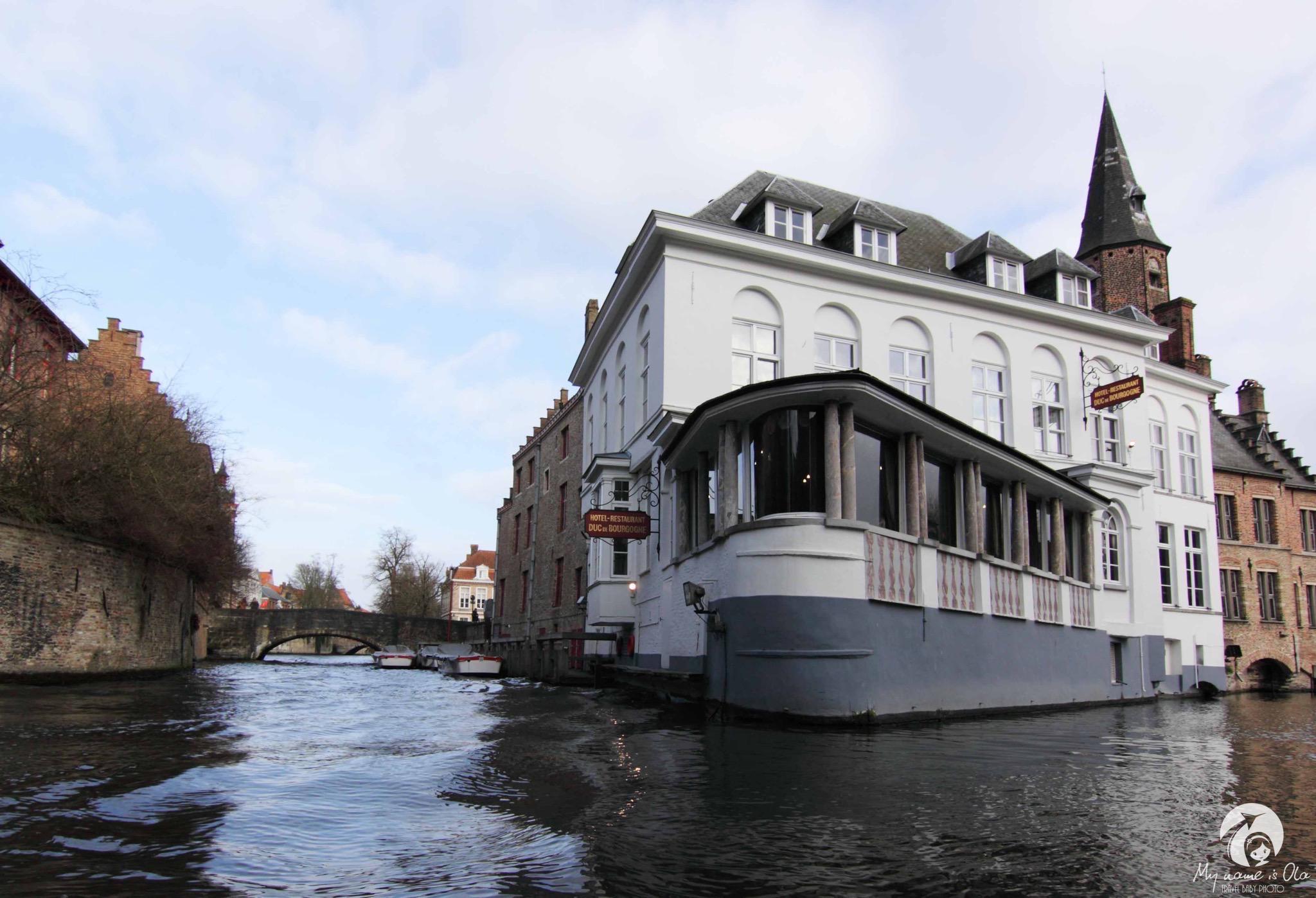

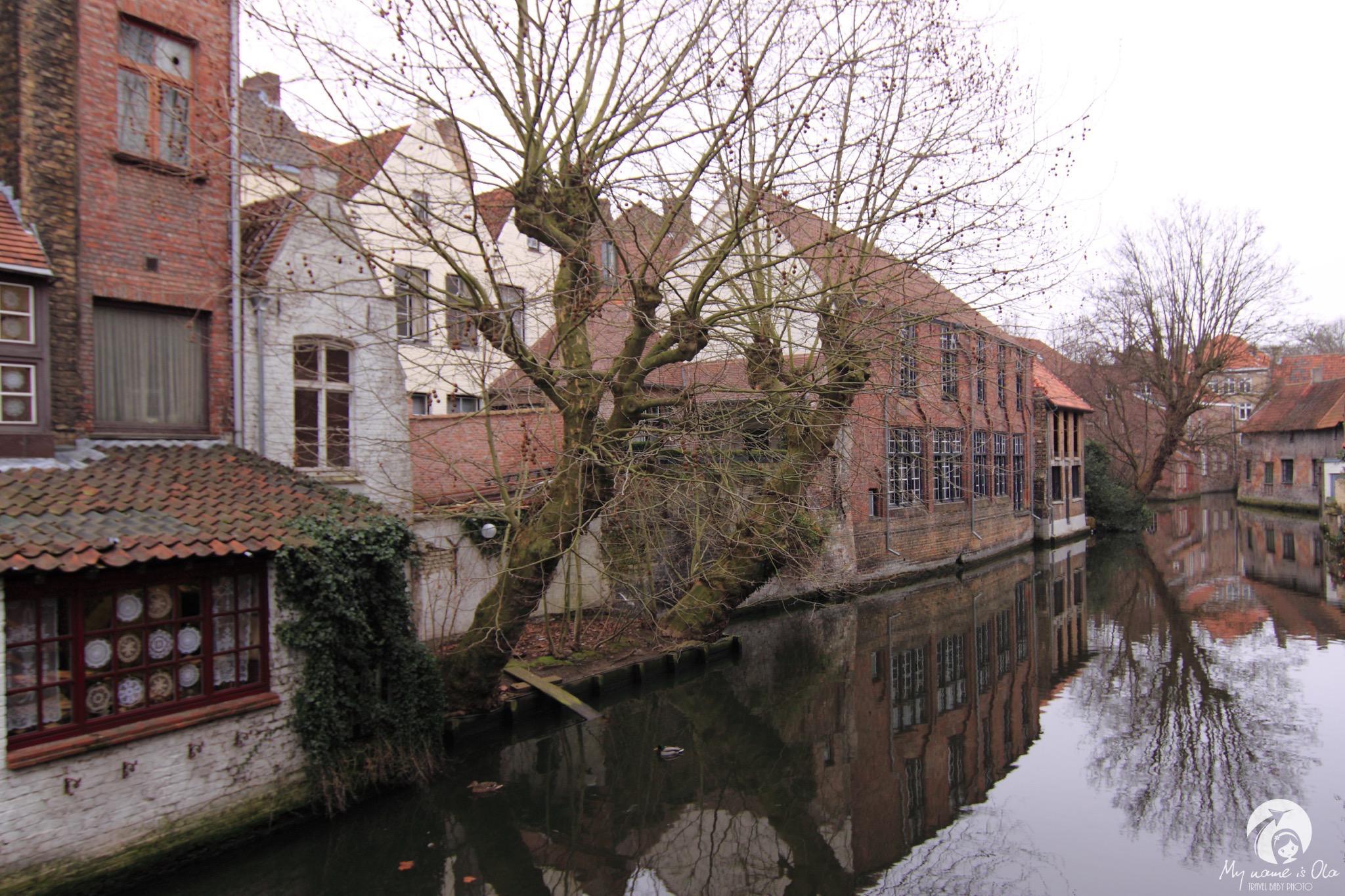
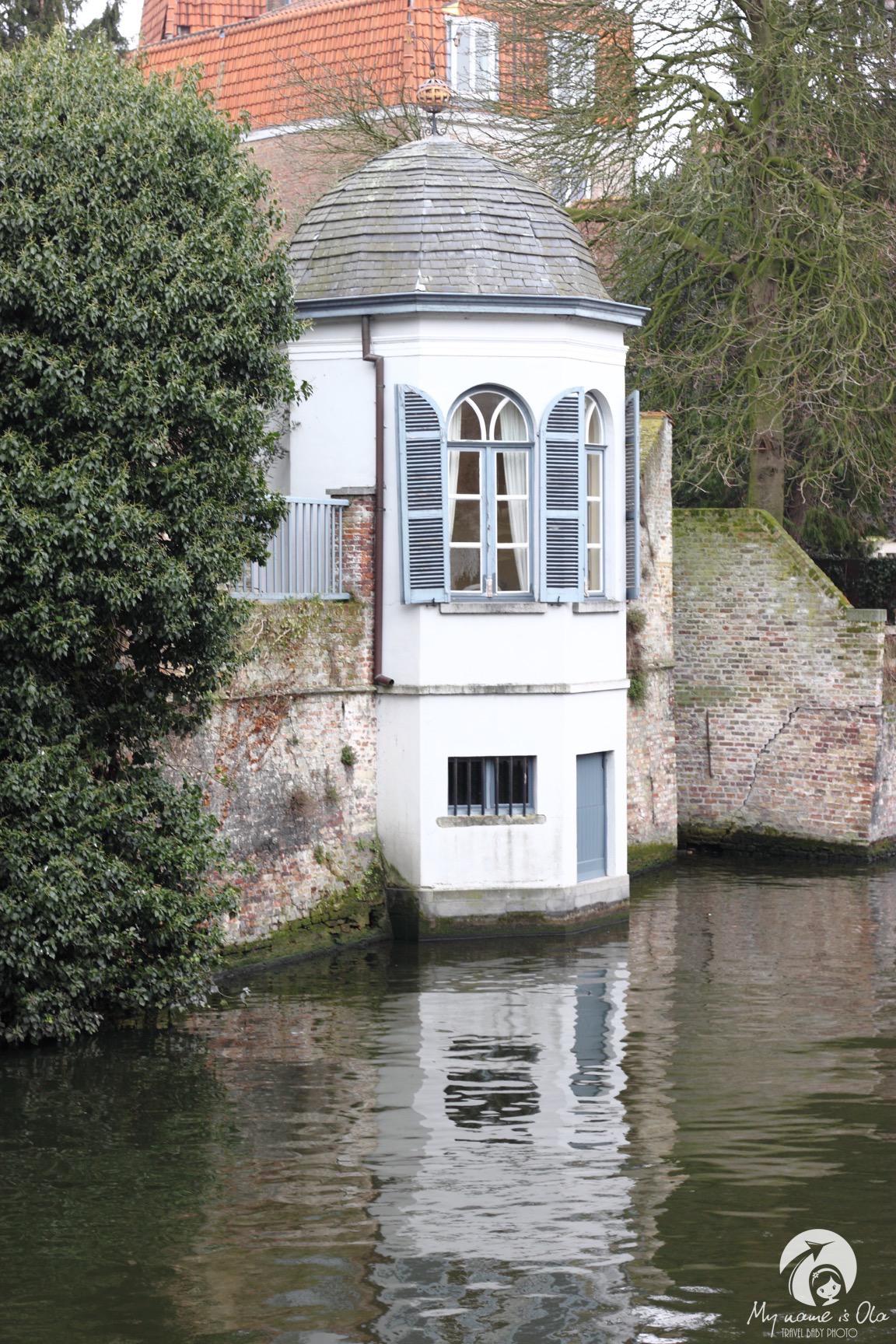
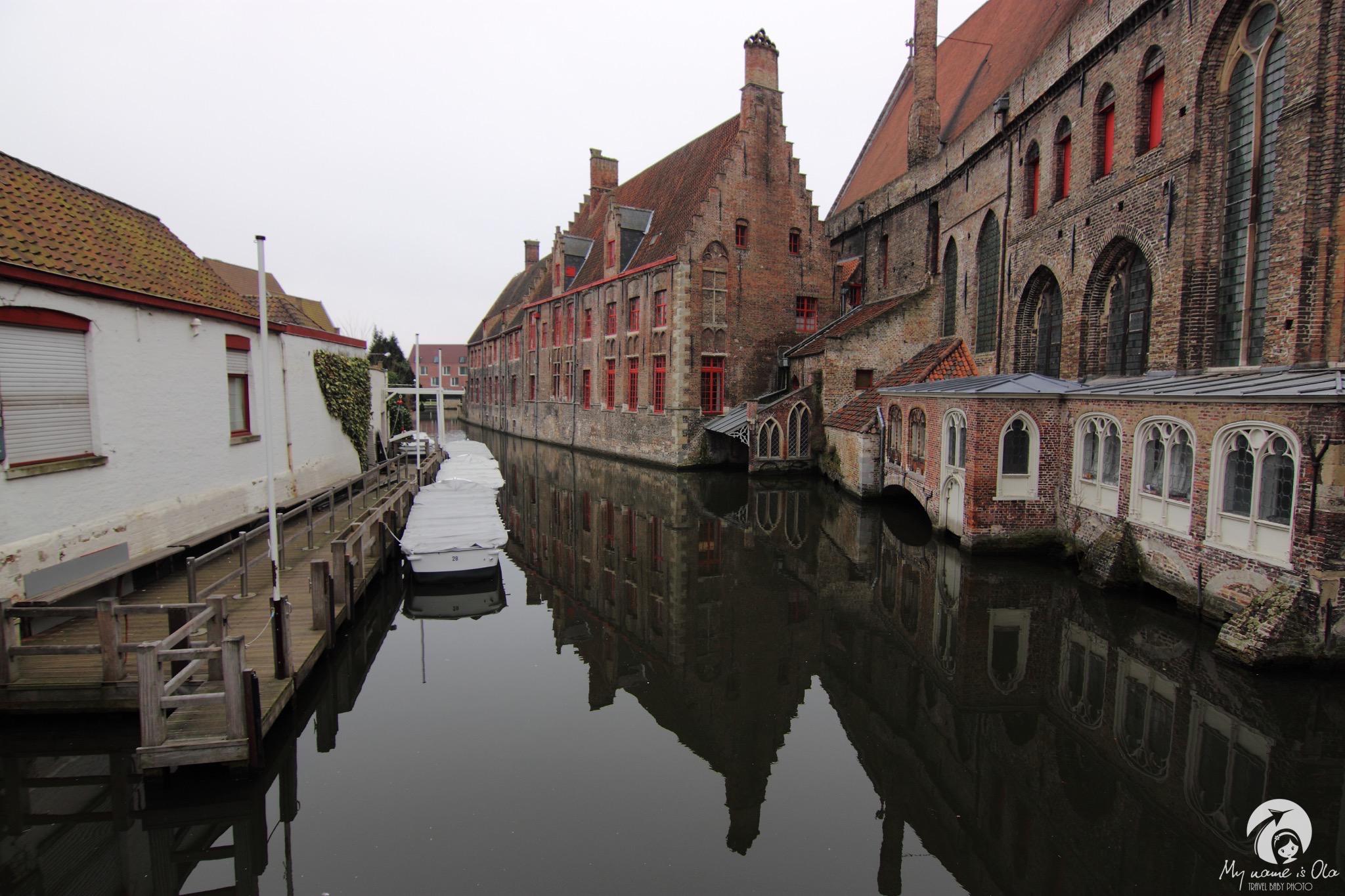
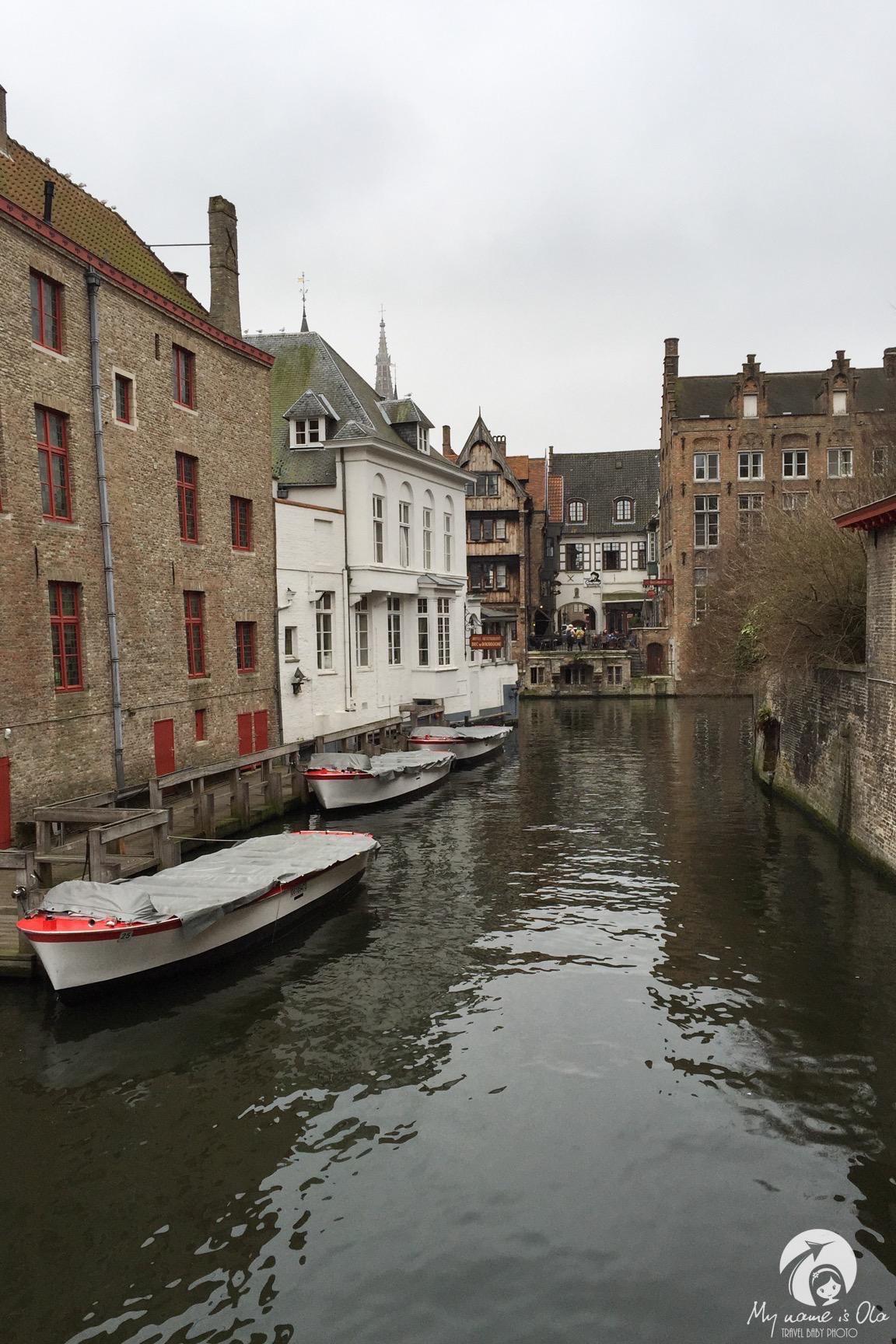
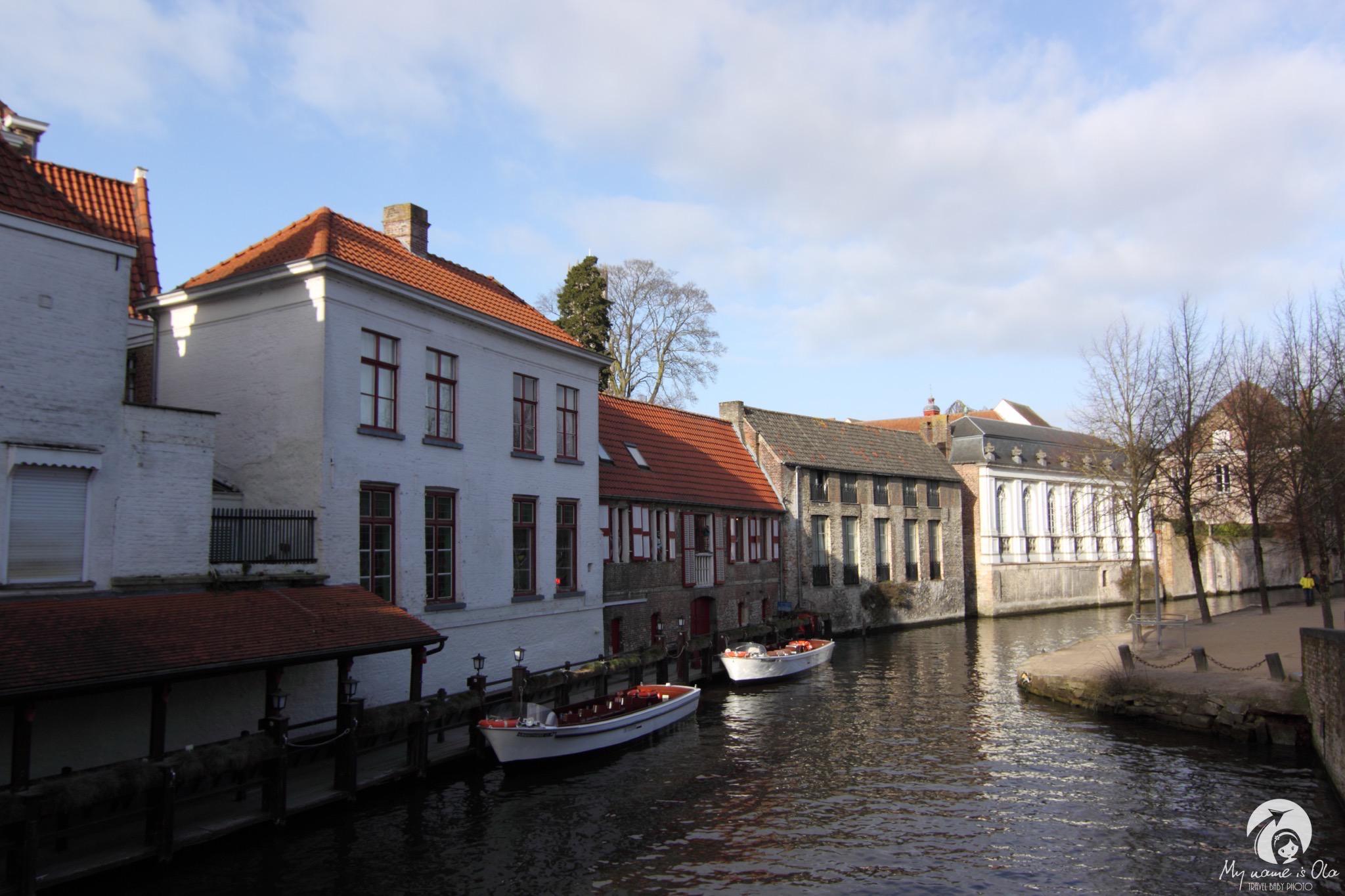
 [/photosetgrid]
[/photosetgrid]
– Coming up?
– What’s up there?
– The view.
– The view of what? The view of down here? I can see that from down here.
– Let’s go out and have a look at some of the… All the old medieval buildings and that. Because I bet they look even better at night, all lit up.
– Yes!
[photosetgrid layout=”34″]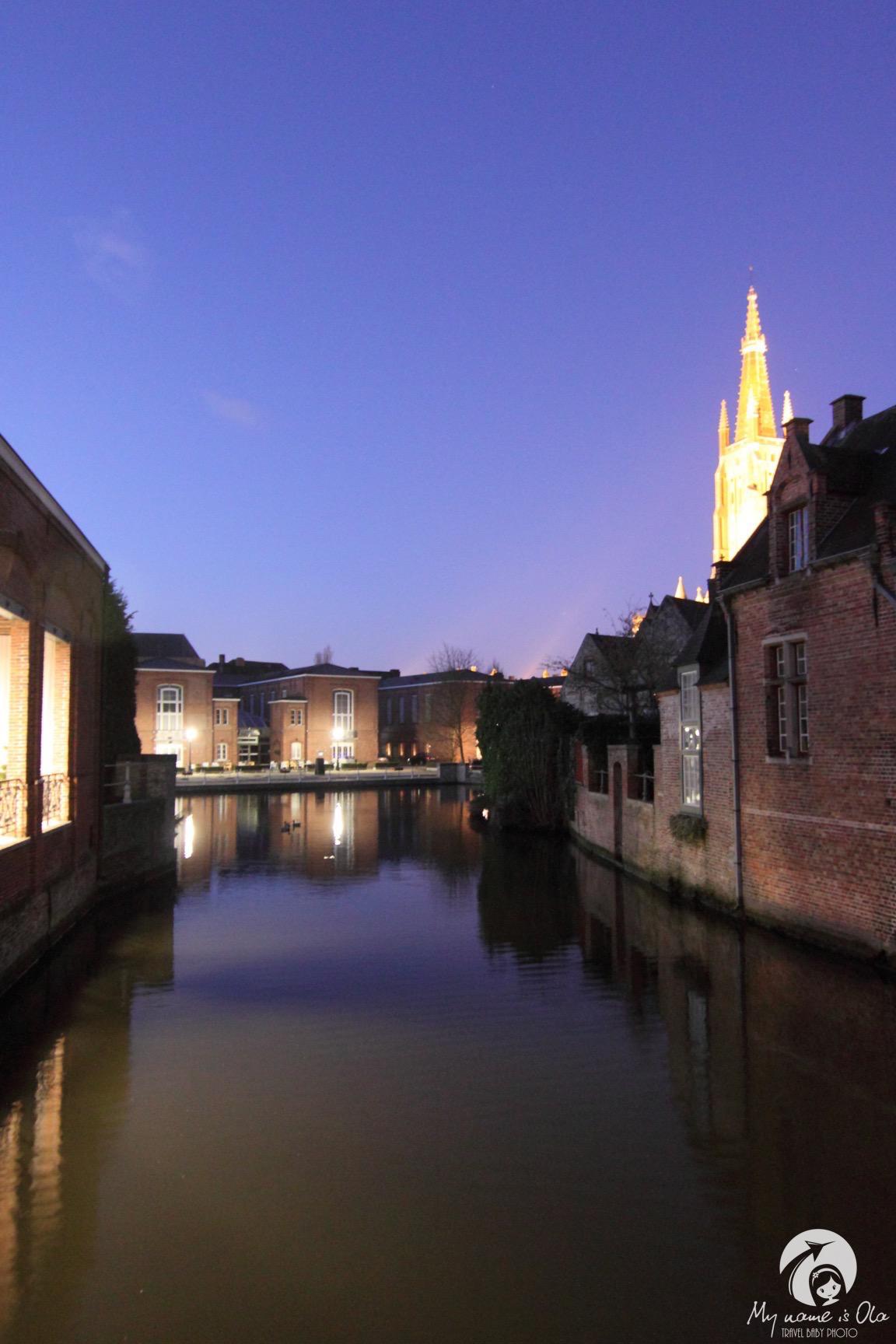





 [/photosetgrid]
[/photosetgrid]
– Up there, the top altar, is a phial brought back by a Flemish knight from the Crusades in the Holy Land. And that phial, do you know what it’s said to contain?
– No, what’s it said to contain?
– It’s said to contain some drops of Jesus Christ’s blood. Yeah, that’s how this church got its name. Basilica of the Holy Blood.
– Yeah. Yeah.
– And this blood, right, though it’s dried blood, at different times over many years, they say it turned back into liquid. Turned back into liquid from dried blood. At various times of great stress.
– Yeah?
– Yeah. So, yeah, I’m gonna go up in the queue and touch it, which is what you do.
– Yeah?
– Yeah. You coming?
– Do I have to?
[photosetgrid layout=”4″]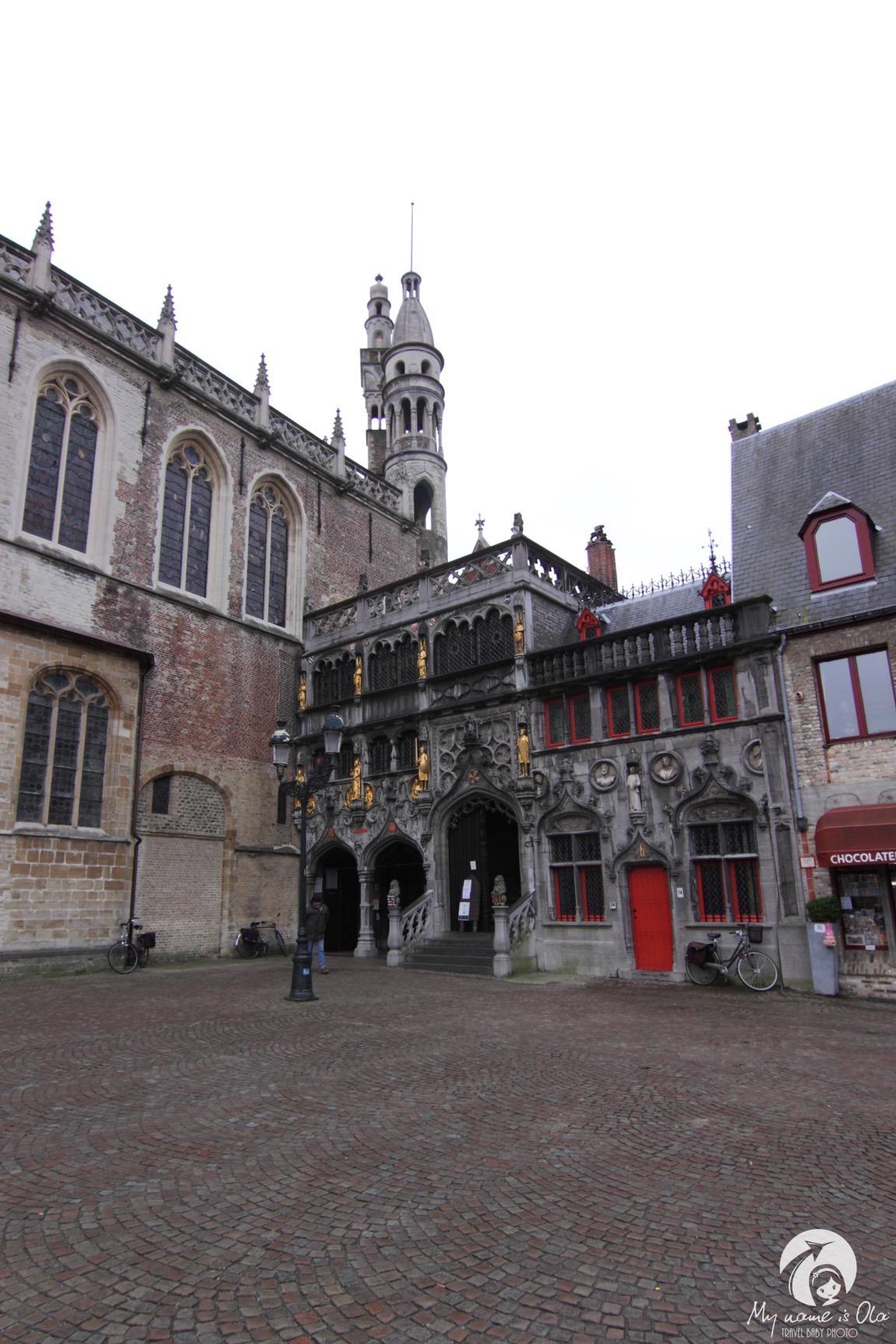


 [/photosetgrid]
[/photosetgrid]
– So, is he having a nice time, seeing all the canals and that? I had a lovelytime when I was there. All the canals and the old buildings and that. When were you here?
– When I was seven. Last happyholiday I fucking had. Have you been on a canal trip, yet?
– Yeah.
– Have you been down, like, all the old cobbled streets and that?
– Yeah.
– It’s like a fairytale, isn’t it, that place?
– Yeah
– With the churches and that. They’re Gothic.
– Yeah
– Is it Gothic?
– Yeah.
[photosetgrid layout=”5″]



 [/photosetgrid]
[/photosetgrid]
– It’s a bit crowded round here, you know?
– Well, I’m not gonna have a shootout in the middle of a thousand fucking Belgians, am I? Not to mention the other nationalities, just on their holidays.
– To see the swans and the Gothic and all the fairytale stuff, eh?
– It is a nice town, Harry. I’m glad I got to see it. I didn’t mean to be taking the piss out of it being a fairytale place. It is a fairytale place. It really is. It’s just a shame it’s in Belgium, really. But then you figure if it wasn’t in Belgium, if it was somewhere good, there’d be too many people coming to see it. It would spoil the whole thing. Well, I’m glad I got to see it before I died.
– Because at least in prison and at least in death, you know, I wouldn’t be in fucking Bruges. But then, like a flash, it came to me, and I realised, „Fuck, man, maybe that’s what Hell is. The entire rest of eternity spent in fucking Bruges!”
All the dialogs come frome „In Bruges” movie of Martin McDonagh.






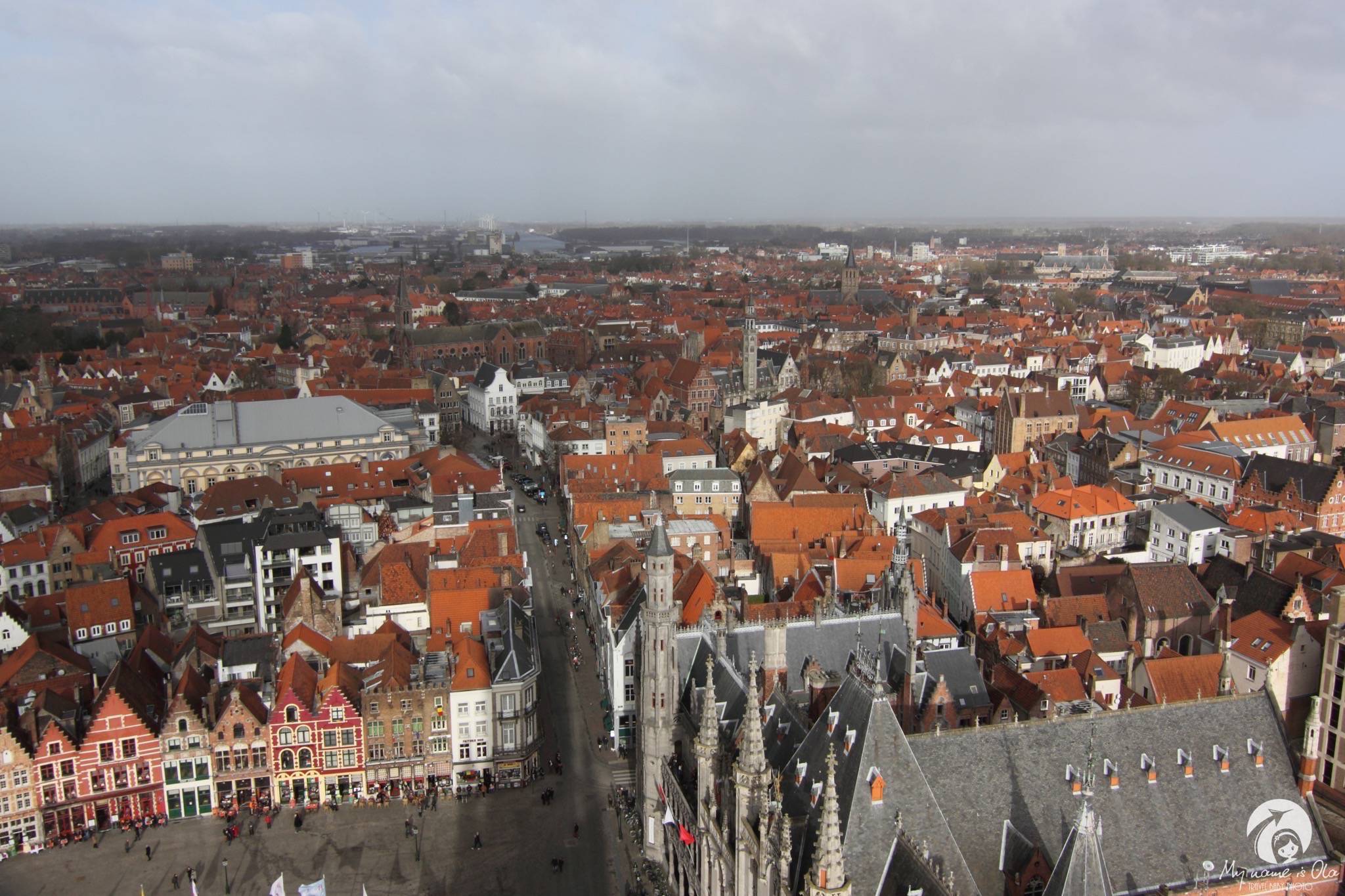

 [/photosetgrid]
[/photosetgrid]



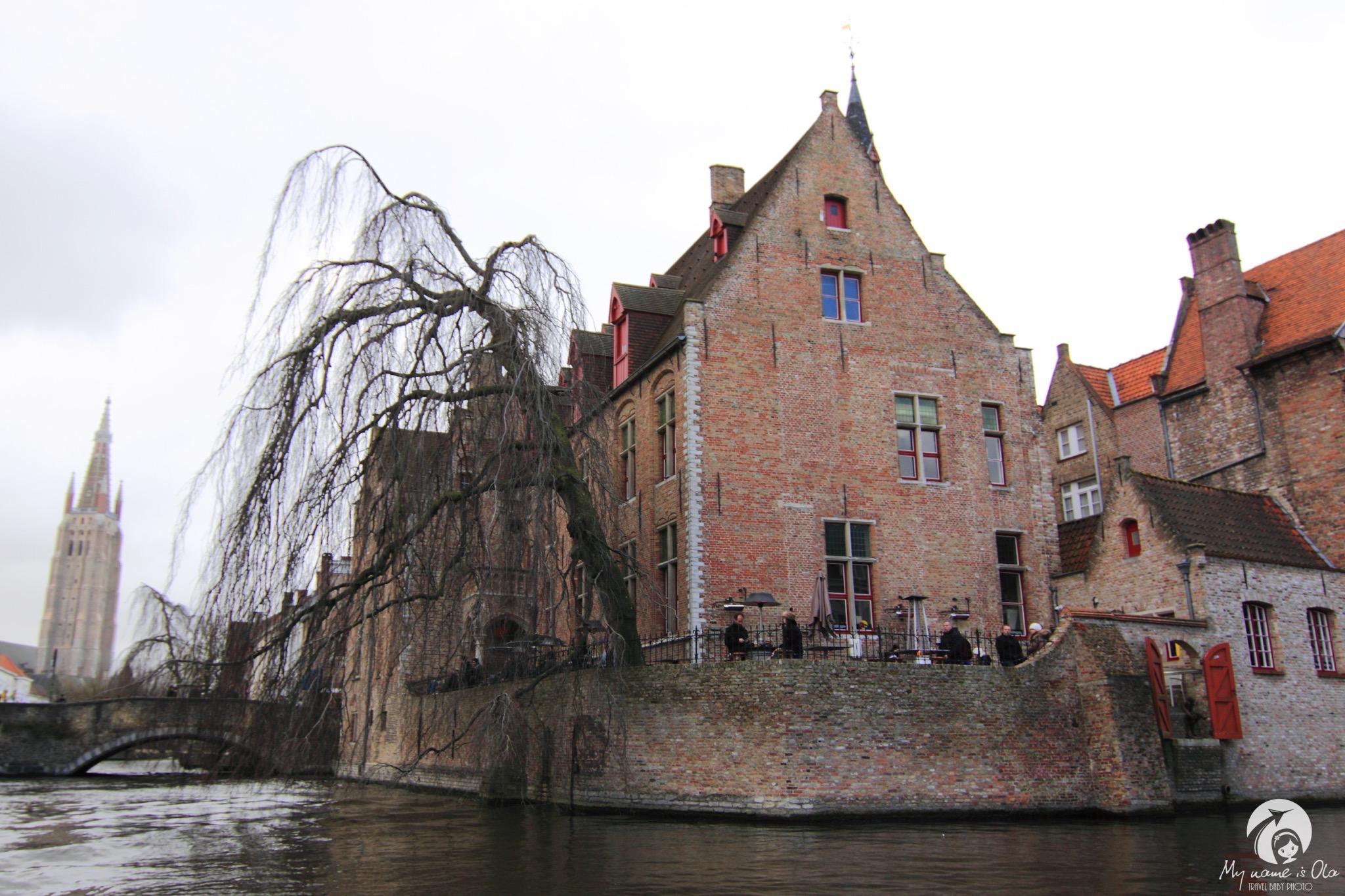





 [/photosetgrid]
[/photosetgrid]






 [/photosetgrid]
[/photosetgrid]
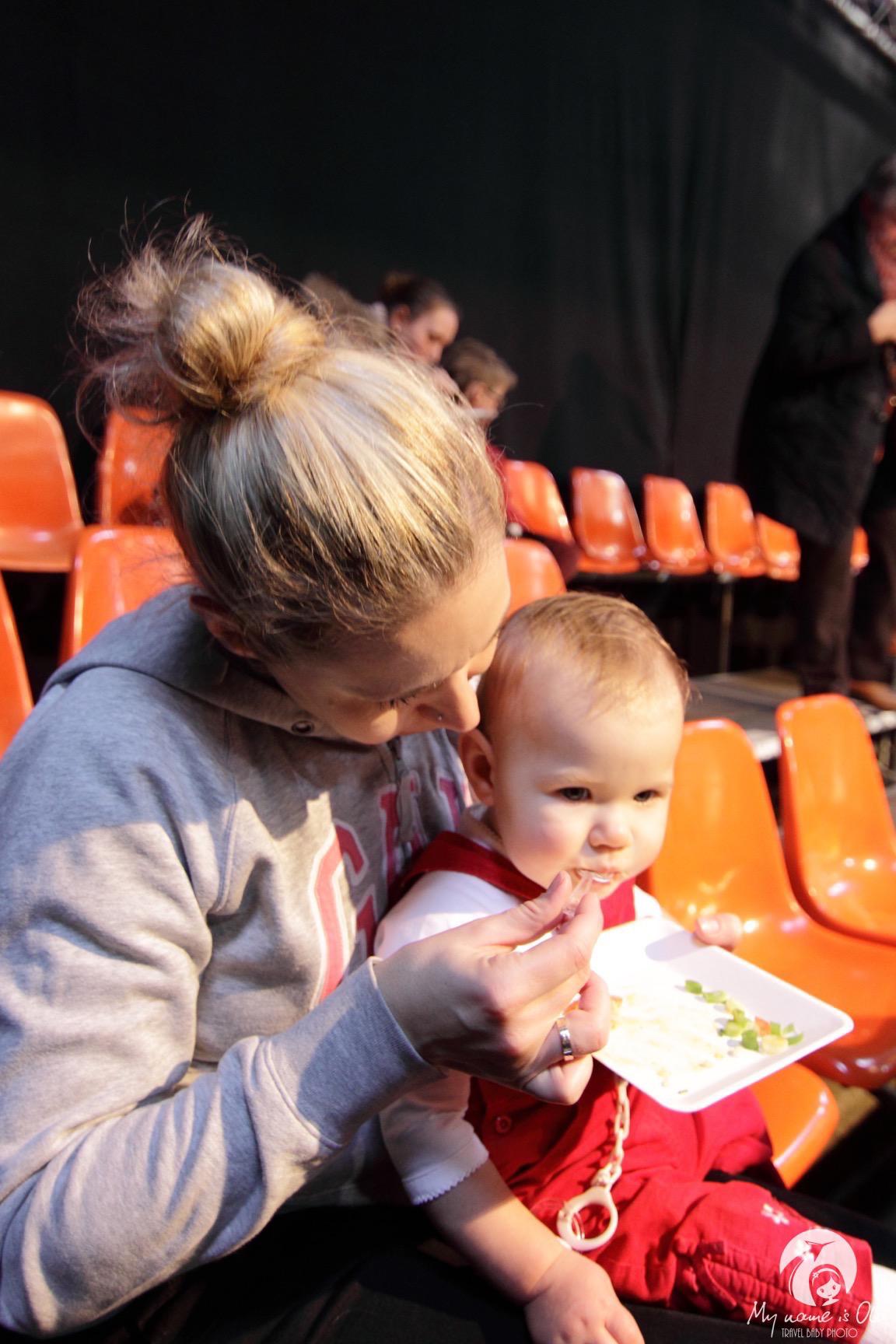 [/photosetgrid]
[/photosetgrid]

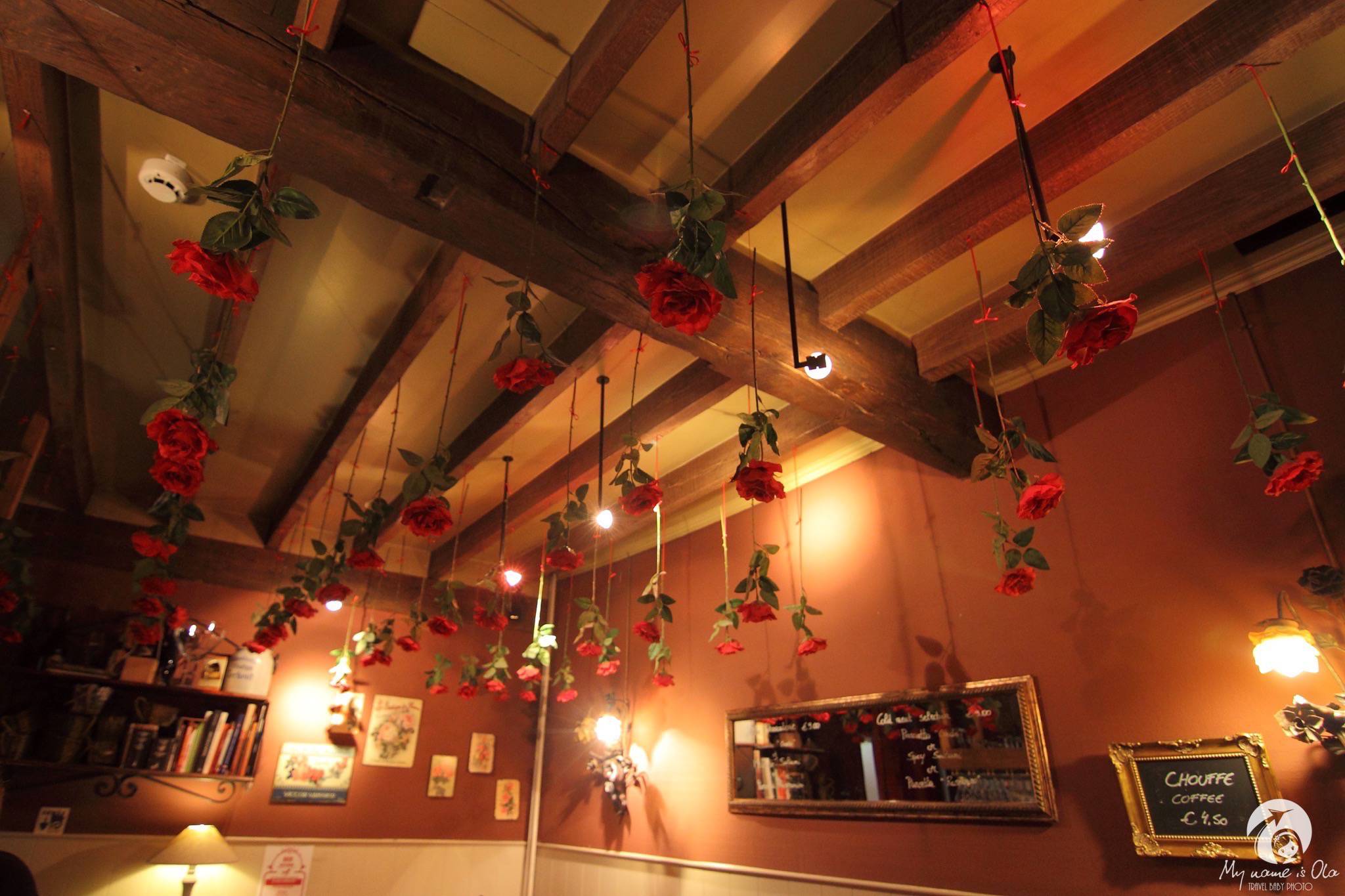

 [/photosetgrid]
[/photosetgrid]


 [/photosetgrid]Museum is called Choco-Story and is located 2 minutes away from the main square in Bruges – Grote Markt. It is run by the owners of Belcolade chocolate factory. We were expecting a lot visiting this museum. We imagined a modern institution with chocolate figures, participation in production process, with
[/photosetgrid]Museum is called Choco-Story and is located 2 minutes away from the main square in Bruges – Grote Markt. It is run by the owners of Belcolade chocolate factory. We were expecting a lot visiting this museum. We imagined a modern institution with chocolate figures, participation in production process, with 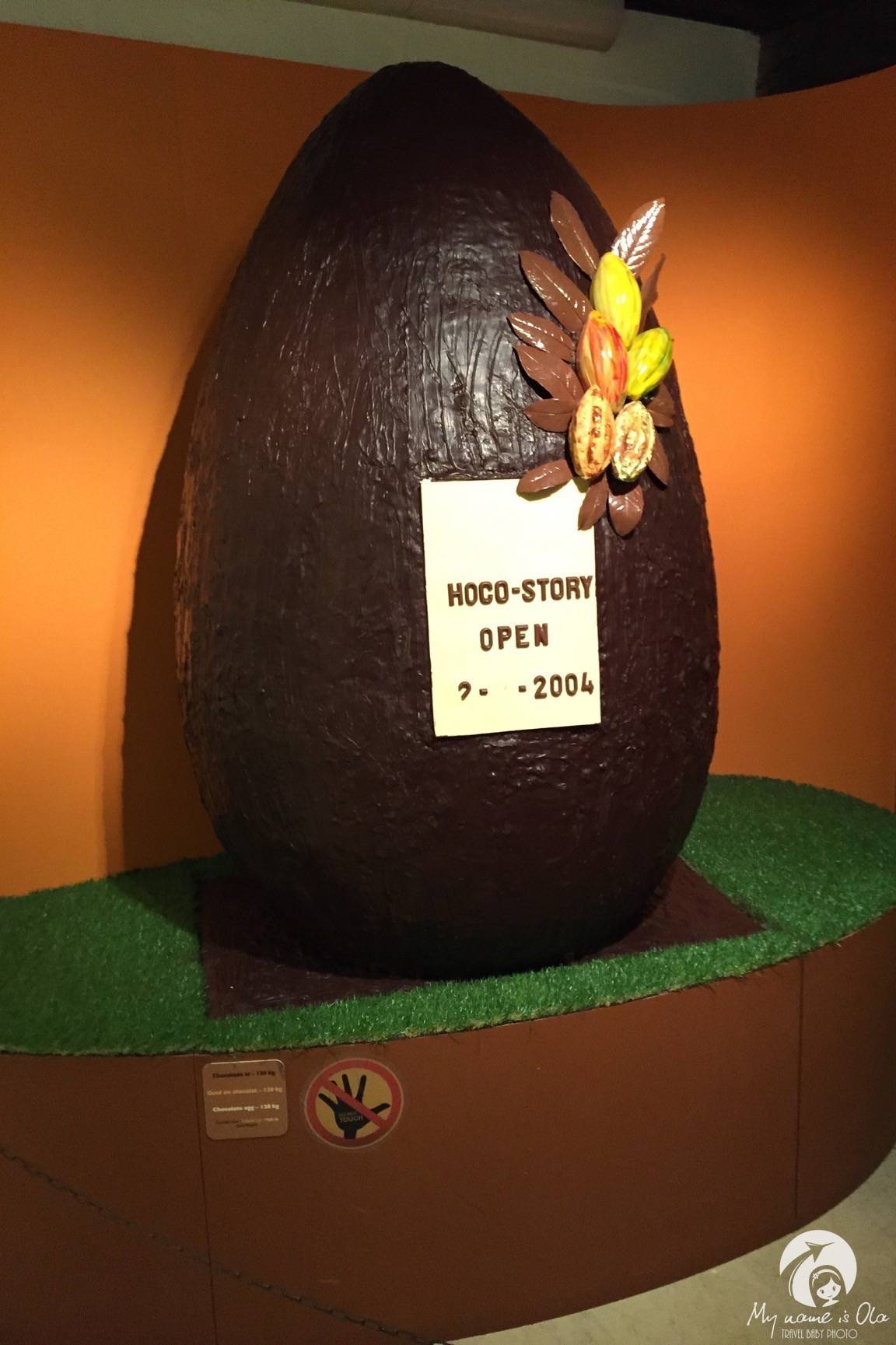


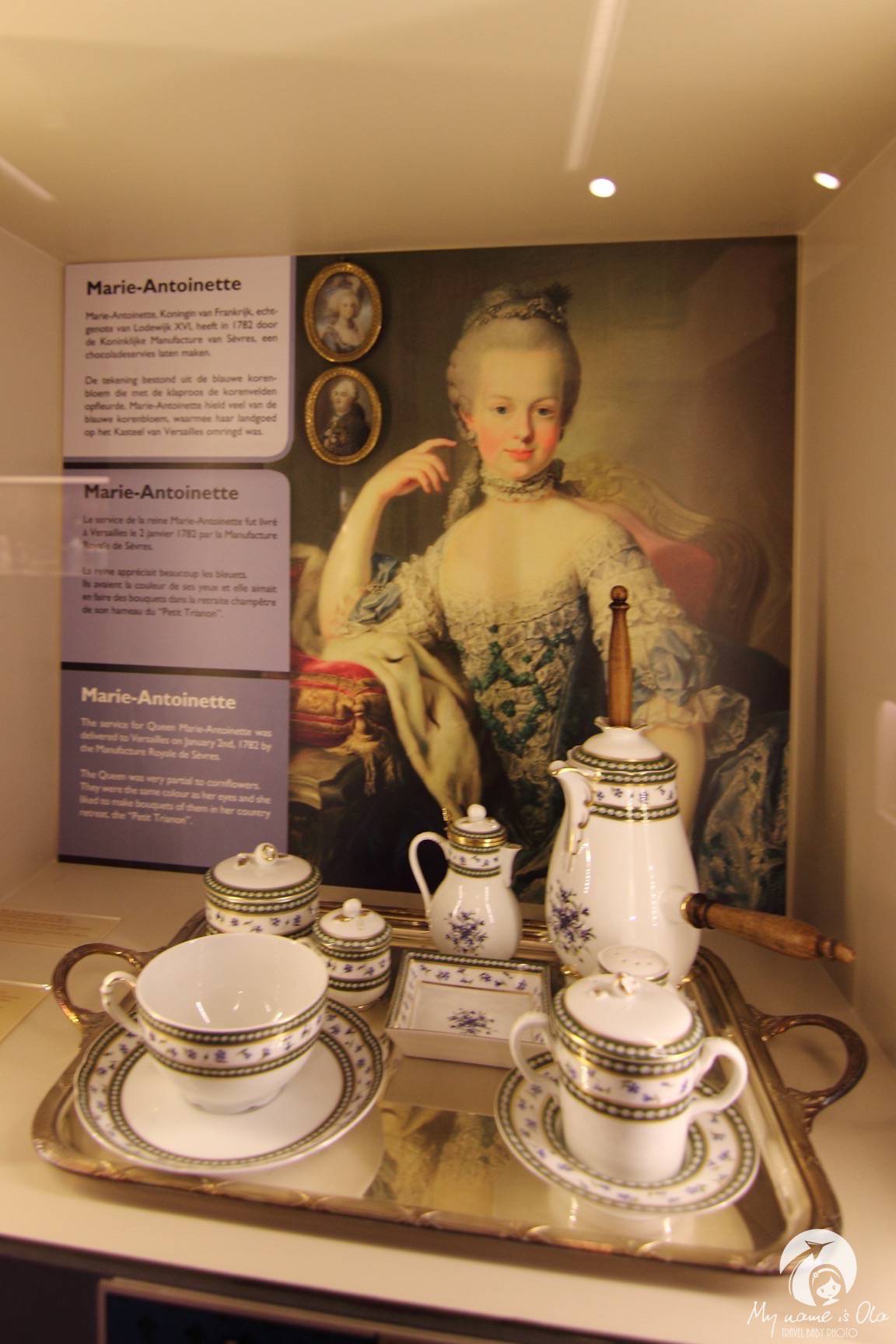

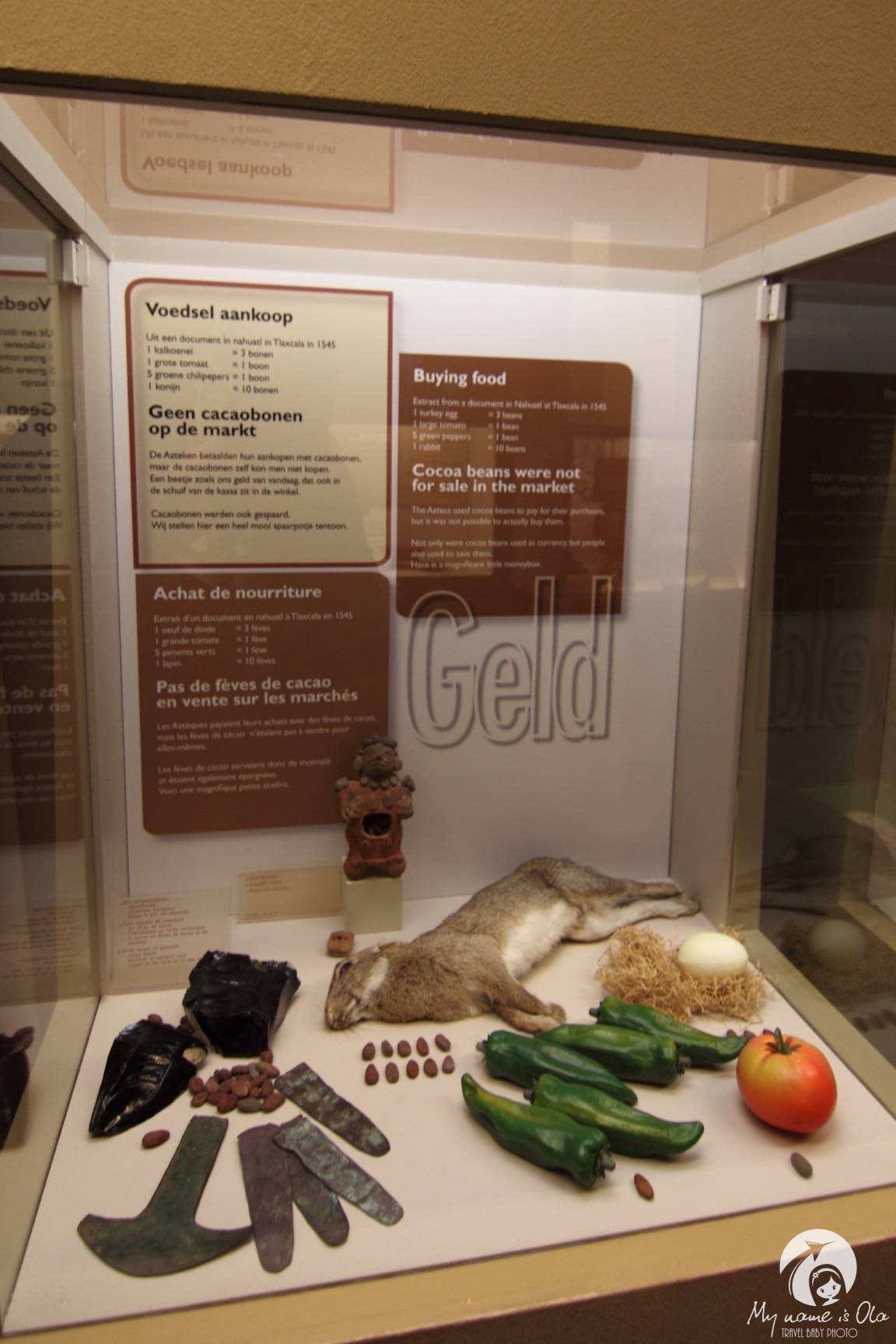 [/photosetgrid]
[/photosetgrid]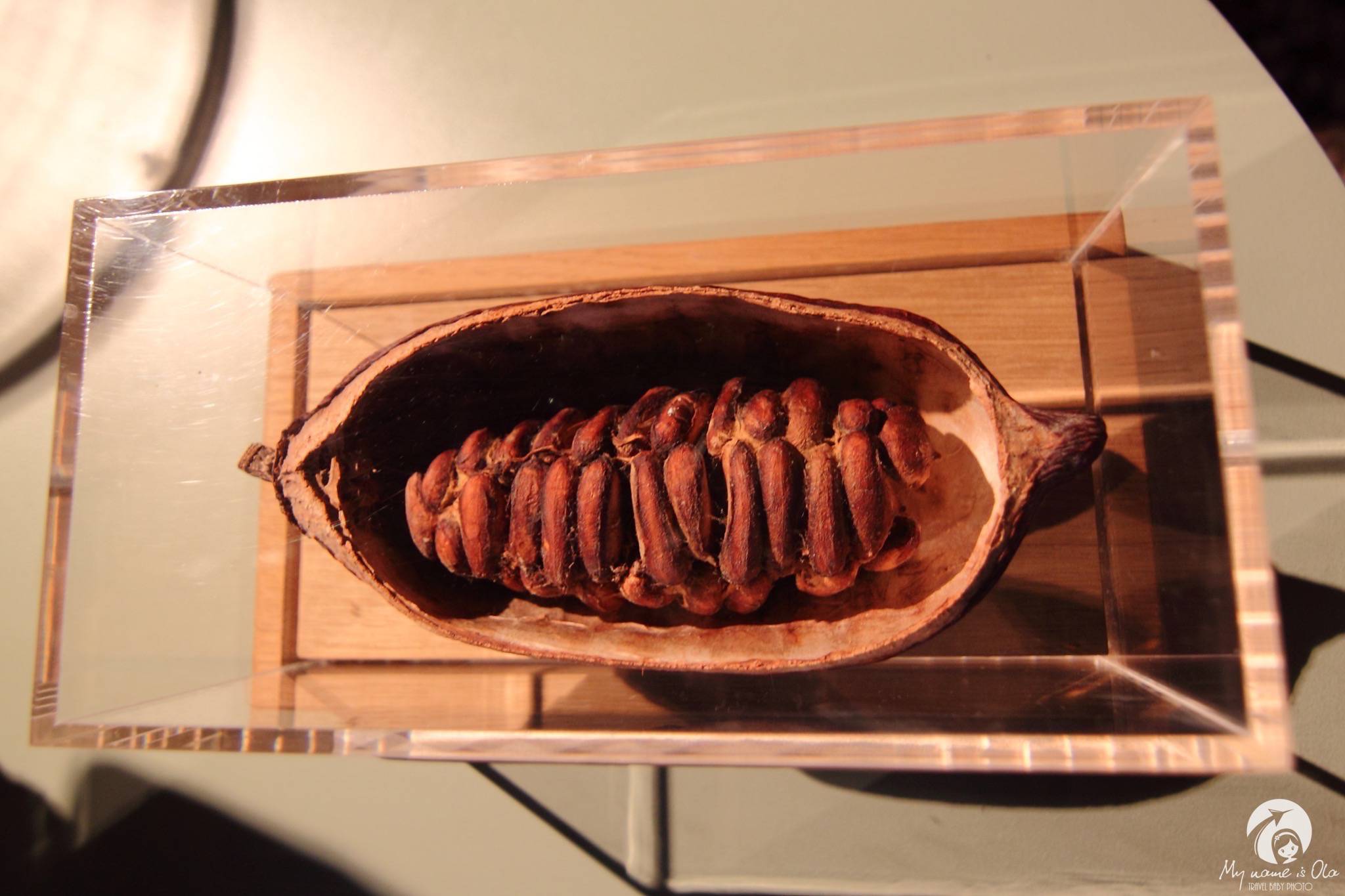
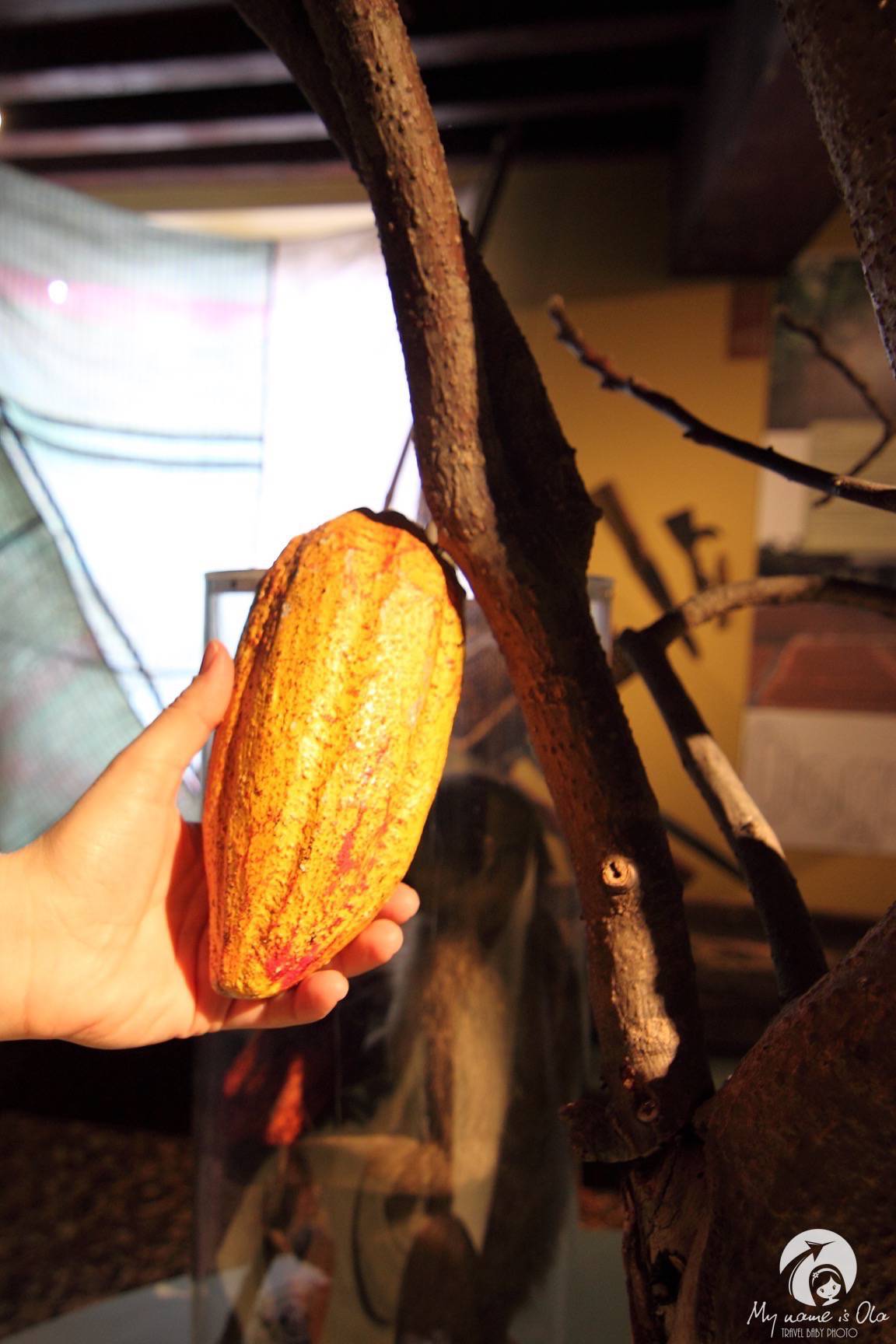
 [/photosetgrid] Cocoa beans were firstly used by Aztecs as a currency (15 green peppers = 1 bean) and Mayans as an offer to gods. Both of them used them also to prepare bitter and spicy drink. It was something special, reserved for elite of the society, often for important events. 16th century brought the seeds to Europe and here the drink changed into a sweet beverage. Spanish were first who added sugar and honey to the drink. Thanks to this move it got popular accross Europe. How did it get the name „chcolate”? It came from Central American Indian’s language: kakawa (cocoa) + atl (water).
[/photosetgrid] Cocoa beans were firstly used by Aztecs as a currency (15 green peppers = 1 bean) and Mayans as an offer to gods. Both of them used them also to prepare bitter and spicy drink. It was something special, reserved for elite of the society, often for important events. 16th century brought the seeds to Europe and here the drink changed into a sweet beverage. Spanish were first who added sugar and honey to the drink. Thanks to this move it got popular accross Europe. How did it get the name „chcolate”? It came from Central American Indian’s language: kakawa (cocoa) + atl (water).

 [/photosetgrid]
[/photosetgrid]
